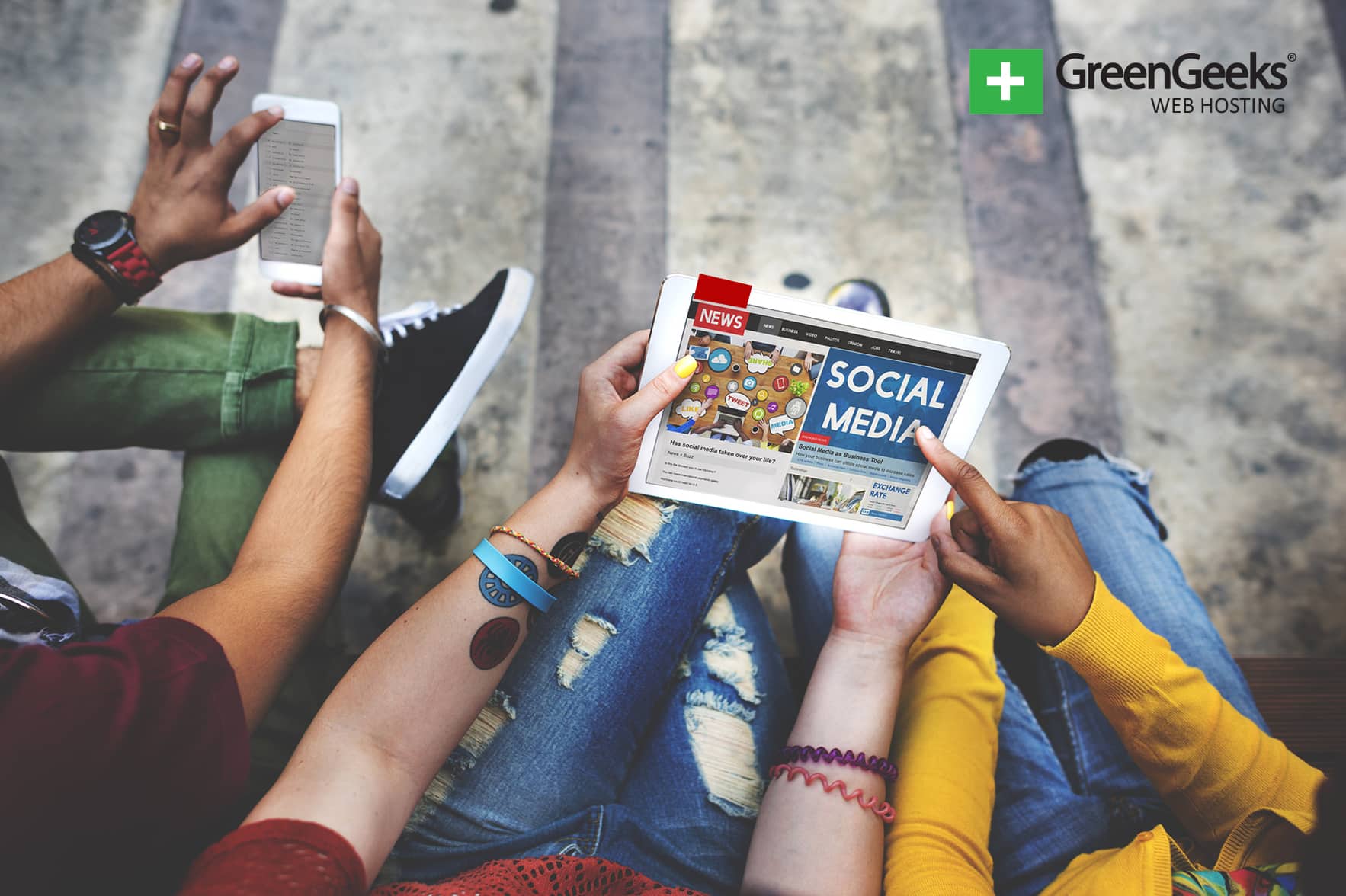
As many as 83% of people in the United States have a social media account of some kind. This means that every business needs to target outlets such as Facebook and Twitter with some form of engagement.
It’s getting the most out of the marketing campaign that is often the tricky part.
It takes more than just posting a few updates to your timeline and sharing an image or two. While these have potential to reach a small audience, you could be doing far more.
Here are 13 of the smartest social media hacks for engaging on social media I have seen used on the Internet. In fact, some of these I often use myself.
1. Use Gamification

Gamification is an idea that is sweeping across many industries. Whether it’s customer service or social media, many are making a “game” out of business aspects. That’s because gaming in any form works on so many levels.
From the perspective of social media, gamification can come in the form of giving something special to your audience for reaching a certain goal. For instance, a YouTuber may donate a certain amount of money to a charity by reaching a specific number of “likes” on a video.
A lot of companies will offer discount incentives for social sharing or referrals.
The point is to engage directly with the audience by giving rewards for succeeding objectives – much like any game you play.
2. Leverage Profile Links

Most social media sites make use of a link in the bio data of the account holder. For the business, this is often the homepage of the brand. However, more can be done with this than simply showing off the front page of the website.
By changing the link to focus onto landing pages, you can mention clicking the bio link in the post to access certain products or services.
Of course you want this to be somewhat generalized. This is because if the bio link is aimed at a landing page that is no longer relevant in an older social media post, it may confuse those who click.
Perhaps a call to action stating to click on the most current products may be the best way to use the link.
3. Optimize Image Use for Social Sites
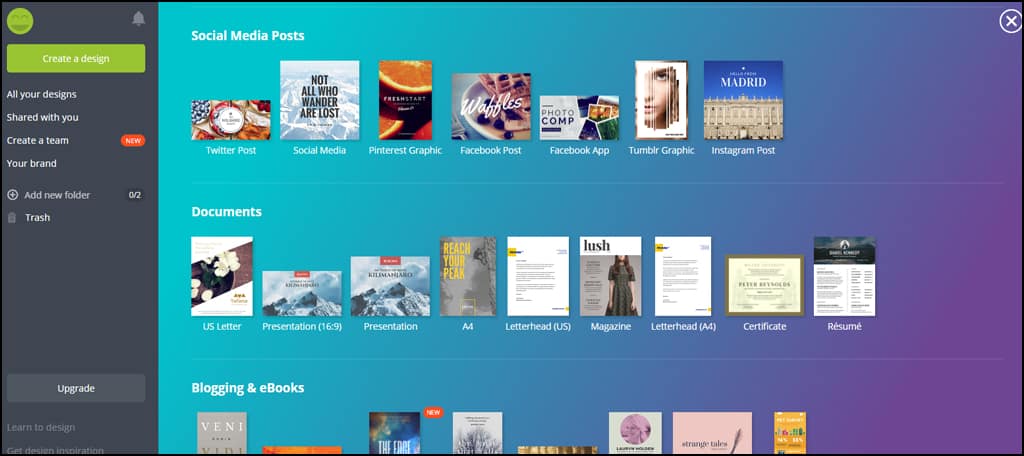
Every social media platform has an idea dimension. For instance, Twitter images are optimized at 1024 by 512 pixels. Facebook images are best viewed at 940 by 788 pixels.
If you want to get the most engagement for your graphics, it’s best to make sure you’re posting the best image sizes possible.
Why is this vital? One reason is because of cropping. For example, some images that are shared on Twitter may wind up missing a bottom-left corner logo because the image has to be resized automatically by the system.
It also gives symmetry to your posts if you maintain a specific dimension for social updates.
Tools like Canva work great when developing the best images to use on specific social media platforms.
4. Start Your Own Hashtag
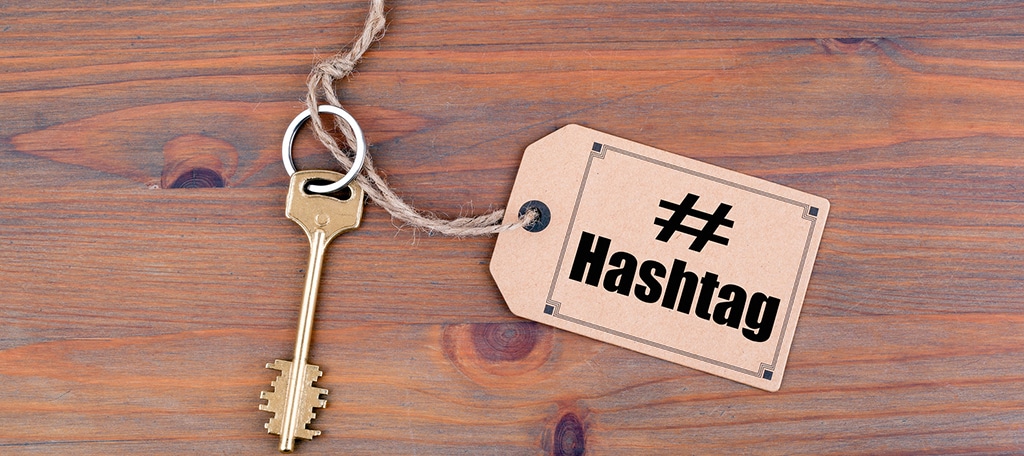
Many brands start and grow their own hashtags. This has great potential to engage a much wider audience on platforms like Twitter and Instagram. However, you need to make sure the hashtag gets somewhat saturated.
Let me explain.
Just mentioning a new hashtag once may get a few people to engage, but not enough to make it worthwhile. Using the new hashtag as often as possible gets in front of more people. The more often it is seen in public, the more likely it will gather followers.
Hashtags are displayed in a myriad of places other than social media posts. You can use them on letterhead, in email, on a website banner, radio ads and more.
The focus is to create a new conversation around your brand by getting the hashtag out to the world in every way possible.
5. Posting Relevant and Quality Content

This shouldn’t really be a tip, per se. You should always focus on trying to deliver quality content that is relevant to your business. Unfortunately, many organizations step out of bounds and wind up reaping a negative whirlwind.
One of the biggest controversies I can think of is the impact of Chick-fil-A’s tweet back in 2013.
Personal opinions and sharing of other content not related to the business should be kept on personal social profiles. This prevents the business seemingly alienating any particular audience.
Delivering the best quality possible not only engages the audience, but it also improves brand reputation and authority. Think of the most off-the-wall tweets you can from the most recent celebrities or public figures.
Now, think of how you really feel about that business or individual because of those statements. Will your audience have the same feeling when you post content on social media?
6. Make Use of Filters
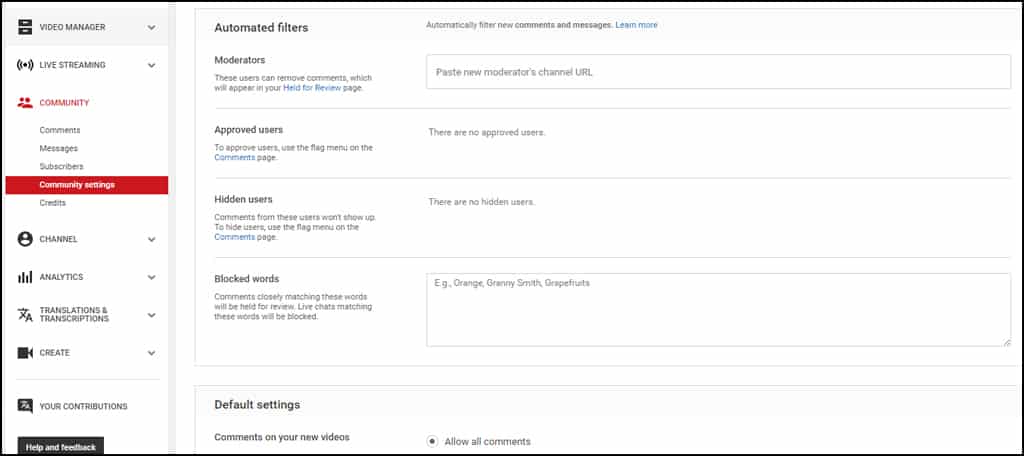
Many social media platforms include the use of filters and setting moderators. This is more useful for engagement than you probably realize. By setting blocked words and phrases, you can control what types of comments are left behind on your profiles.
A lot of you probably already use a blacklist for certain profane words or other negative contexts. However, you should also consider elements such as “unlike” or “clickbait.”
The point is to keep the environment of your social profile positive and engaging. Social media arguments show a lack of class for many and often impact how others view a brand, even if the argument is between two other people.
Why is this important? It does two very principal things: keeps the post respectful and reduces the likelihood of sparking a negative argument from fans and followers.
There are many other outlets people can leave negative comments without filling up your business profile with vulgarity and inflammatory remarks.
Trolls will be trolls.
7. Leverage Different Elements of a Social Post

Don’t simply create a single social post with a good hashtag and be done with it. There are a variety of elements you should be taking advantage of.
- Use different hashtags: Not everyone is following the same conversation, which may be relevant to your business.
- Change sharing times: Not everyone is active on social media at the same time everyday.
- Alter the headlines: Don’t simply create one headline and call it good. Use tools like CoSchedule for variations of the same post.
- Change up the message: Creating a different text to go along with each post gives it a sense of uniqueness.
It’s all about engaging an audience and addressing peak times of the day. Some of your followers may not be available at six in the morning while others may not be online after two in the afternoon.
Spread it out a bit.
8. Keep From Over-saturating the Feed
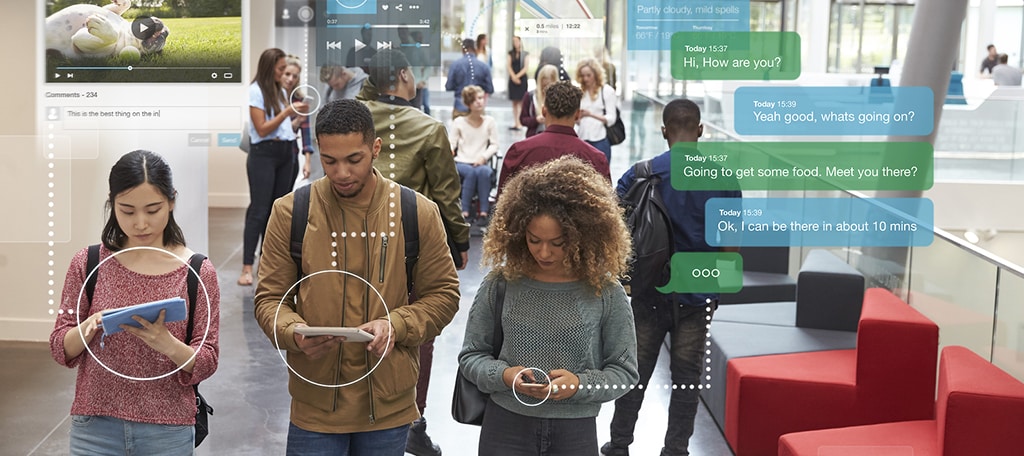
Although you want to promote your social posts a few times, there is such a thing as way too much. I’ve unfollowed many Twitter accounts simply because the brand updated their social posts once every 30 minutes.
There’s only so much time in a day to read interesting tweets. I shouldn’t have to sift through random elements to find them.
In reality, it’s hard to tell exactly what the “perfect” number of posts are per day. This is completely up to your industry as well as follower-base. It also depends on the quality of material you plan on sharing.
For instance, the New York Times shares an average of 39 Tweets per day while Britney Spears only does so once every two days.
The biggest factor in these two examples is the impact it has on the audience. Just make sure you’re not over-saturating your social feed with the exact same links, posts and images all day long.
It may impact your social presence in a negative way.
9. Don’t Forget Locality

If you have a business with a brick-and-mortar location, you want to make sure the locality is obvious in social media. This is because half of the people who research a brand online, whether it’s through Google or social media, visit the location that same day.
Many social platforms make this incredibly easy. For instance, Instagram offers the location tag when ever a new post is updated. This uses GPS tracking for your location and puts your content in front of the local audience.
Even Facebook ads can be fine-tuned to the point where you include people from a specific suburb of a major city.
It’s safe to assume that people are going to be looking for businesses more on social media than through the traditional phone book.
10. Use Animated GIFs

GIF images are those that have a sense of animation without actually being a video. These are usually short clips that are often edited to make a statement or a comedic visual.
If you’ve spent any significant time on the Internet since the 1990s, you’ve probably seen an abundance of these.
Many companies have seen an incredible impact to click and conversion rates simply because of these animated images. In fact, Dell saw more than 100 percent increase in revenue in 2014 because of an animated campaign.
Visual engagement is one of the fastest growing forms of marketing on the Internet. According to Cisco, video content will make up approximately 84 percent of Internet traffic by 2018. Because of this impact, many experts attest how animated GIFs are relevant to the engagement because of its seeming video quality.
11. Use Scheduling Apps
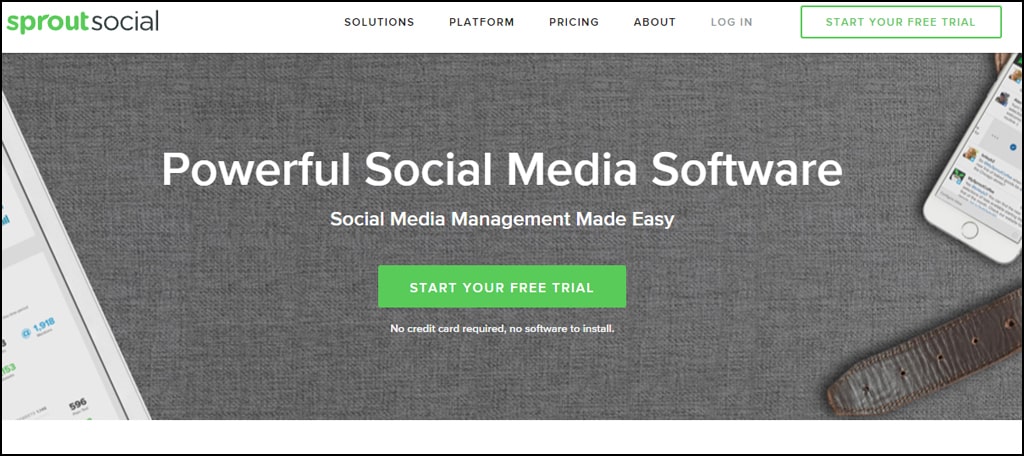
One of the most important aspects to using social media for business is keeping the posts relevant and regular. However, not all business owners have the time to post updates on a daily basis.
That’s where apps like Sprout Social, Hootsuite and Buffer come into play. These are among some of the best social media tools you can use for boosting the business.
Apps like these allow you to spend just an hour or so creating posts that will update according to your specific schedule.
For instance, you can set up a week’s worth of updates to Twitter on a Sunday afternoon and set them to post at regular intervals Monday through Friday.
And don’t forget, you can schedule specific posts to show more than once. For instance, some will schedule a new blog post to share several times throughout the month.
This is an incredible time saver and keeps your fans and followers engaged as it appears your business is regular at posting updates. Just don’t forget to interact with those who leave comments.
Part of the social experience is giving fans direct feedback.
12. Share-for-Share Platforms

One method I’ve seen work exceptionally well is using the share-for-share strategy. This is when you develop a mutual respect for a relevant influencer for your business on social media and share their information as they share yours.
Sometimes merely mentioning an influencer in a post can get their attention and respect.
This works by contacting the individual directly and asking to mutually share or mention each other on the specific platform. This is pretty easy to do on Twitter, but doesn’t often have the same impact on Facebook.
I’ve seen mutual sharing on YouTube have incredible impacts for both creators, though.
When doing this method, make sure you don’t choose a business that is in direct competition. Instead, focus on a company that compliments your own. For instance, a computer repair business may form a relationship with a hardware manufacturer.
Keep it relevant, but not competitive.
13. Monitor the Performance of an Influencer

One of the most important social media tips for business that I can give is to always monitor your influencing channels. This is especially true if you’re paying social media iconic people to reference your business.
When you use an influencer, you’re banking on the audience of the people he or she reaches. This is anything but a guaranteed improvement.
In fact, your product or service may not even resonate within the audience of that influencer.
On the other hand, these social celebrities have been known to greatly impact a business in a positive way. The traffic the right person can send is nothing short of astounding in some cases.
Keep a close eye on how these individuals impact your bottom line each week.
It’s Worth the Effort for these Social Media Hacks
The Internet is full of social media tips and tricks to improve your engagement. The right links and content can do wonders for your web hosted platform. The problem is finding those which will work for your business.
What works beautifully for some may not be as effective for another. Take the time and explore what social media tips for business work for you. As approximately 35% of the population of Earth is on social media, it’s worth the investment.
